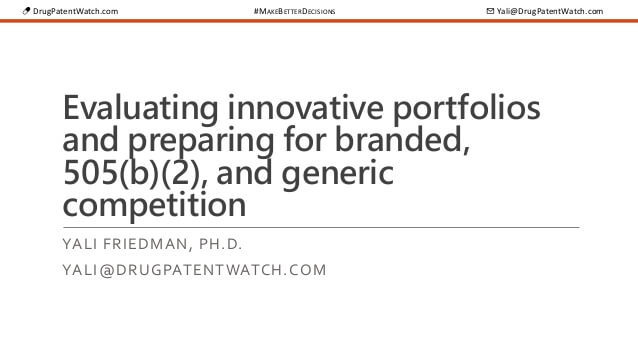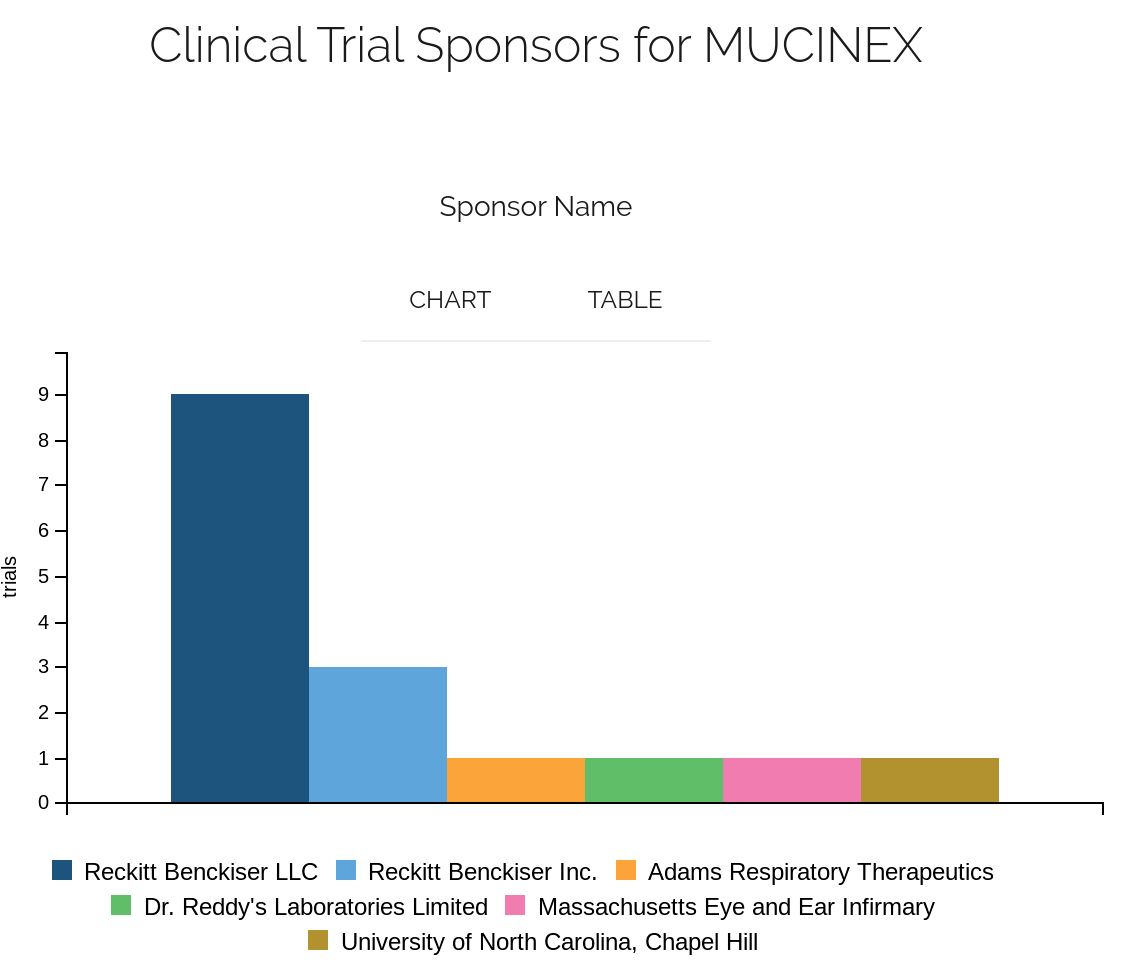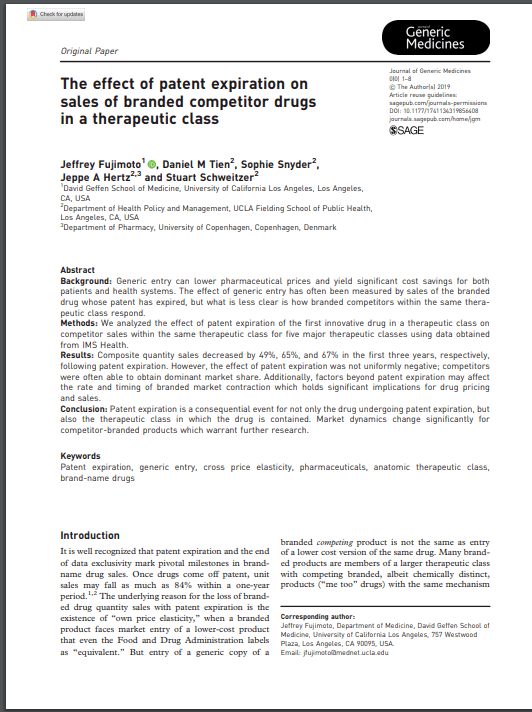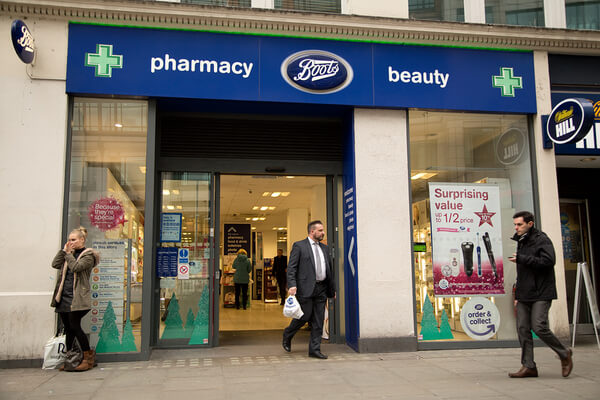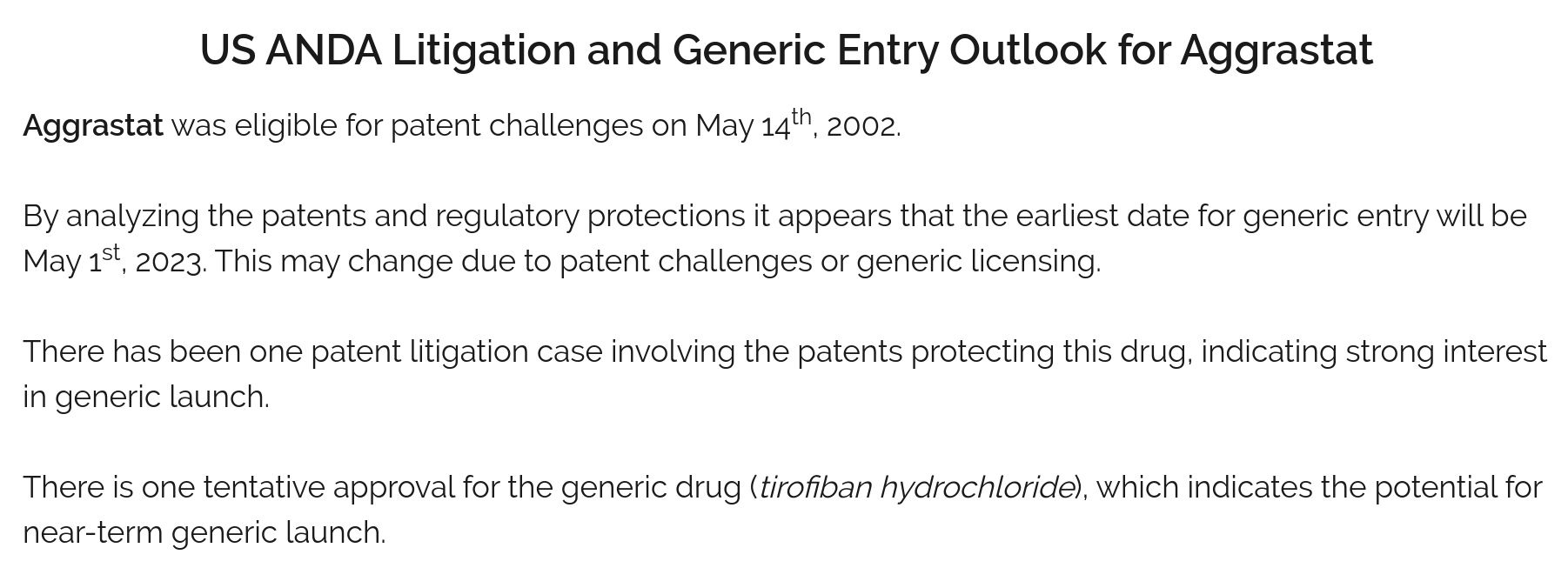The intersection of generic pharmaceutical patents and FDA law represents one of the most intricate yet impactful domains in healthcare regulation. With generic drugs accounting for nearly 90% of U.S. prescriptions and saving the healthcare system over $1.67 trillion in a decade, understanding the legal and regulatory frameworks governing their approval and market entry is critical35. This article explores the symbiotic yet often contentious relationship between patent protections, FDA oversight, and the economic forces shaping access to affordable medications. From the Hatch-Waxman Act’s balancing act to modern patent thickets stifling competition, we dissect the mechanisms that determine when and how generics reach patients.
The Role of Patents in Pharmaceutical Innovation
Understanding Drug Patents
Pharmaceutical patents grant innovators 20 years of market exclusivity from the filing date, protecting discoveries like novel compounds or manufacturing methods1. However, the United States Patent and Trademark Office (PTO), not the FDA, oversees patent issuance. This separation creates a dual system where the FDA evaluates safety and efficacy, while patents focus on intellectual property. For example, a patent might cover a drug’s extended-release formulation, allowing the brand to block generics even after the original compound’s patent expires6.
The Orange Book: FDA’s Patent Directory
The FDA’s Approved Drug Products with Therapeutic Equivalence Evaluations (Orange Book) serves as the definitive guide linking approved drugs to their associated patents and exclusivities1. Brand manufacturers submit patent data here, and generic applicants must certify against each listed patent—either acknowledging validity (“Paragraph I–III certifications”) or challenging it (“Paragraph IV certification”). Approximately 40% of generic applications include such challenges, triggering a 30-month litigation stay if the brand sues within 45 days1. As CAPT Martin Shimer of the FDA’s Office of Generic Drugs notes:
“Patents and exclusivities are two different forms of protection… Patents protect inventions, while exclusivities are FDA-granted periods during which generic applications cannot be approved.”[1]
FDA Approval Process for Generic Drugs
Bioequivalence and Pharmaceutical Equivalence
To gain FDA approval, generics must demonstrate pharmaceutical equivalence (identical active ingredient, strength, and route of administration) and bioequivalence (no significant difference in absorption rates compared to the brand)3. While tablet color or packaging may differ, studies show generics achieve therapeutic equivalence in 98% of cases3. For instance, a generic antidepressant must match the brand’s peak blood concentration within a 90% confidence interval of 80–125%3.
Abbreviated New Drug Applications (ANDAs)
Unlike brands, which submit New Drug Applications (NDAs) with full clinical data, generics file ANDAs leveraging the brand’s safety findings. This streamlined process reduces development costs by 80%, enabling generics to price drugs 85% below brands post-patent expiry56. However, ANDAs require meticulous patent certifications, and missteps can delay approvals by years.
The Hatch-Waxman Act: Balancing Innovation and Access
Patent Challenges and Paragraph IV Certifications
The 1984 Hatch-Waxman Amendments revolutionized generics by allowing ANDAs but also instituting the Paragraph IV challenge system. Successful challengers earn 180-day exclusivity, a lucrative head start where first-filers dominate sales. For example, when Mylan challenged Pfizer’s Lipitor patents, it secured six months of 80% market share before other generics entered16.
180-Day Exclusivity: A Golden Window for Generics
This exclusivity period is pivotal—it often determines whether a generic manufacturer recoups litigation costs. However, “authorized generics” (brands self-launching generics) can undermine this window. In 2024, 32% of first-filers faced authorized generic competition, reducing their revenue by 40%1.
Patent Litigation and Generic Entry
The PLIVA v. Mensing Decision and Its Implications
The Supreme Court’s 2011 PLIVA v. Mensing ruling immunized generic manufacturers from failure-to-warn lawsuits, as they cannot unilaterally update labels without FDA approval2. This created a legal asymmetry: brands face liability, while generics do not. Patricia Zlaket of CaseyGerry LLP explains: <blockquote>“The decision left consumers injured by generics with little recourse, chilling litigation against generic firms even as they dominate the market.”[2]</blockquote>
Strategic Patenting and Patent Thickets
Brands increasingly deploy patent thickets—layering dozens of patents on a single drug—to delay generics. AbbVie’s Humira, approved in 2002, amassed 75+ patents covering administration devices and dosing regimens, extending its monopoly to 20344. Generic entrants must litigate each patent, costing $2–$10 million per case4.
Economic Impact of Generic Competition
Cost Savings and Market Dynamics
Post-generic entry, drug prices drop 30–90%, with the steepest declines occurring after 3+ generics enter6. The U.S. generic market, valued at $139 billion in 2024, is projected to reach $231 billion by 20345. However, consolidation has reduced competition: the top 10 generic firms now control 65% of the market, up from 45% in 20105.
Case Study: The Humira Patent Thicket
Humira’s patent strategy delayed biosimilars until 2023, costing the U.S. healthcare system $19 billion annually in excess spending4. Despite 8 biosimilars launching in 2024, AbbVie’s rebating contracts with insurers limited their uptake to just 12%4.
Regulatory Exclusivities Beyond Patents
Orphan Drug Exclusivity
Drugs for rare diseases (affecting <200,000 Americans) receive 7 years of exclusivity, blocking ANDAs regardless of patent status. Over 40% of new FDA approvals now have orphan designations, up from 15% in 20001.
Pediatric and GAIN Exclusivities
The GAIN Act grants 5 extra years for antibiotics, but only 4 new Qualified Infectious Disease Products entered the market from 2012–2024 due to poor ROI1. Pediatric exclusivity adds 6 months for conducting child studies, criticized for prioritizing profits over pediatric research1.
Recent Trends in Generic Drug Litigation
Rise in Patent Settlement Agreements
“Pay-for-delay” deals, where brands pay generics to postpone entry, cost consumers $3.5 billion annually6. The FTC challenged 32 such settlements in 2024, but courts upheld 60% under the “scope of the patent” test6.
The Role of Inter Partes Review (IPR)
IPR petitions, allowing third parties to challenge weak patents at the PTO, have invalidated 45% of pharma patents since 20124. However, brands increasingly file preemptive IPRs to shield key patents, creating a procedural arms race4.
The Future of Generic Pharmaceuticals
Biosimilars and the Next Frontier
Biosimilars—generics for biologics—face steeper barriers, requiring clinical trials (unlike small-molecule generics). While 40 biosimilars are FDA-approved, only 15 have launched due to rebate traps and patent thickets4.
Policy Reforms on the Horizon
Proposals include limiting Orange Book listings to core patents (curbing thickets) and mandating shared REMS protocols to ease generic manufacturing14. The Biden Administration’s 2024 executive order also prioritizes antitrust scrutiny of pharma patents4.
Key Takeaways
- Patent thickets and regulatory exclusivities delay generics, costing billions annually.
- The Hatch-Waxman Act balances innovation and access but needs modernization.
- PLIVA v. Mensing shields generics from liability, raising safety concerns.
- Biosimilars face unique barriers despite their cost-saving potential.
- Policy reforms targeting patent abuse and IPR efficiency could accelerate competition.
FAQs
1. Why can’t generic manufacturers update drug labels like brands?
Under PLIVA v. Mensing, generics must mirror brand labels, creating liability immunity but limiting safety updates2.
2. How do “authorized generics” affect 180-day exclusivity?
Brands can launch their own generics during this period, undercutting first-filers’ profits1.
3. What’s the difference between patents and exclusivities?
Patents are PTO-granted IP rights, while exclusivities are FDA-awarded market blocks1.
4. Why do biosimilars take longer to launch than generics?
Biologics’ complexity necessitates clinical trials, and patents often cover manufacturing processes4.
5. How could Congress reduce patent thickets?
Limiting Orange Book listings to one primary patent per drug would simplify challenges4.
Cited Sources
- FDA, “Patents and Exclusivities for Generic Drug Products” (2024)
- CaseyGerry, “Generic Drugs and the New Normal in Pharma Litigation” (2025)
- AAFP, “How the FDA Ensures High-Quality Generic Drugs” (2018)
- I-MAK, “Abuse of the Patent System” (2024)
- Precedence Research, “Generic Drugs Market Report” (2025)
- PMC, “Strategic Patenting by Pharmaceutical Companies” (2020)



